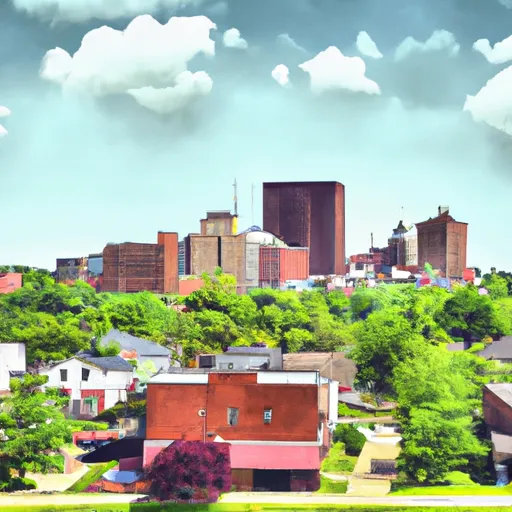°F
°F
mph
Windspeed
%
Humidity











Rogers, Ohio is a small village located in the northeastern part of the state. The climate in Rogers is considered to be a humid continental climate, characterized by hot summers and cold winters. The average temperature in the summer months ranges from the low 70s to the mid-80s, while winter temperatures can drop to the low 20s with occasional snowfall.
Hydrologically, Rogers is located near the Beaver Creek, which is a tributary of the Ohio River. The creek provides opportunities for fishing and boating activities. It is also home to various aquatic species, making it a popular spot for nature enthusiasts.
Outdoor recreation opportunities in Rogers are plentiful. The nearby Beaver Creek State Park offers a wide range of activities such as hiking, camping, picnicking, and wildlife viewing. The park features several trails that showcase the area's natural beauty, including the Beaver Creek Wildlife Education Center Trail and the Bridle Trail. Additionally, the park has a lake that allows for fishing and boating.
Overall, Rogers, Ohio provides a favorable climate for outdoor activities throughout the year and offers opportunities for those interested in exploring the local hydrology and engaging in various recreational pursuits.
Weather Forecast
Rogers receives approximately 1008mm of rain per year, with humidity levels near 81% and air temperatures averaging around 10°C. Rogers has a plant hardyness factor of 6, meaning plants and agriculture in this region thrive during a short period during spring and early summer. Most plants will die off during the colder winter months.
Regional Streamflow Levels
15
Cubic Feet Per Second
14
Cubic Feet Per Second
105
Cubic Feet Per Second
24
Cubic Feet Per Second
Nearby Camping
| Camping Area | Reservations | Toilets | Showers |
|---|---|---|---|
| Beaver Creek State Park | |||
| Tomlinson Run State Park | |||
| Raccoon Creek State Park | |||
| Tuttle - Pymatuning State Park | |||
| Linesville - Pymatuning State Park | |||
| Jamestown - Pymatuning State Park |



